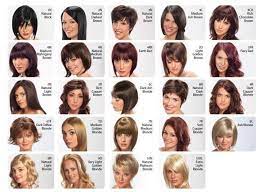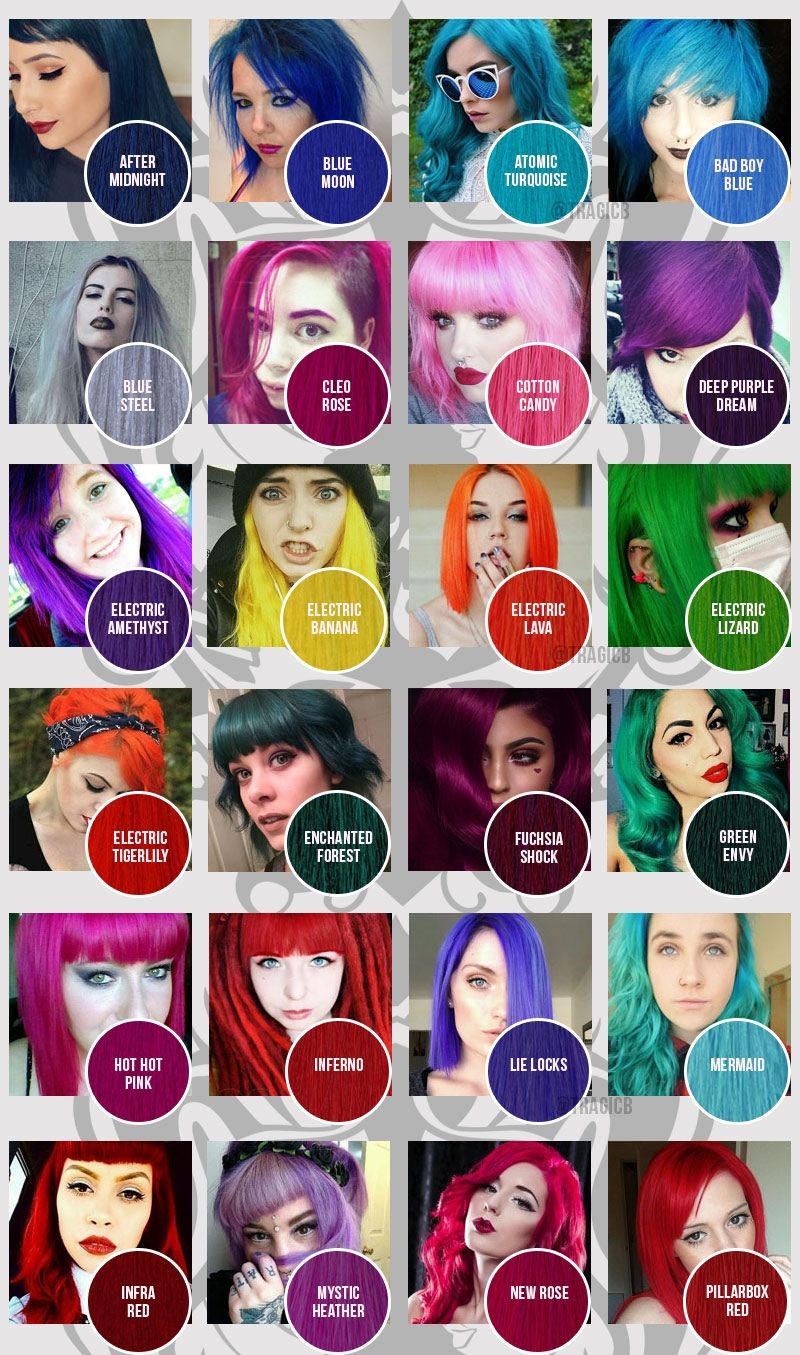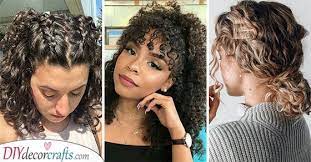
Natural hair colors depend on the amount of melanin present in your locks. More melanin creates darker hues, while less melanin means lighter shades.
Henna as a Safe Alternative
If you want a safe way to dye your hair without harmful chemicals, henna may be the perfect solution. It is long-lasting, and secure, and its application lasts longer than conventional formulas.
Understanding hair Levels
Professional colorists use hair levels as a standard way of communicating and matching customers with shades. hair levels range from one to 10, with one being the darkest black hue and 10 representing light blonde shades. Shade names contain numbers to define levels of darkness, with higher numbers indicating lighter shades. Some brands also specify tones, with different pigments producing cooler or warmer tones.
Exploring Tone
Each hair color has two characteristics that define its tone: level (lightness or darkness of shade) and hue. Warm tones include golden blondes, auburn brunettes, and copper reds with more yellow or orange undertones.
Natural hair Colors and Ingredients
Natural hair colors refer to dyes without chemicals like ammonia, resorcinol, PPD, or formaldehyde. Instead, they use natural ingredients like henna, indigo, amla, or shikakai. These dyes are great for creating various looks without damaging the hair, but regular conditioning is essential. Color depositing masks can also offer brightening benefits with easy application.
Understanding Pigment
hair color is determined by the level of melanin, with high levels resulting in black locks and lower concentrations leading to lighter shades like blonde or brown. Some individuals have red hair due to high concentrations of a pigment called pheomelanin.
Dyeing and Altering Hair Color
Dyeing hair alters its natural pigment by depositing artificial color inside the hair shaft. It changes the original hue and creates new shades. If you want to lighten your hair gradually with permanent color, aim for no more than two levels darker than its current shade.
Hair Color and Celebrities
Celebrities often change their hair color to create new looks. Maintenance of specific shades requires regular dyeing, while others opt for natural blonde hues. Clarifying shampoo can remove the build-up of pigments or residues for those who cannot afford frequent coloring services.
Ingredients in Hair Colors
Hair colors are created by mixing two pigments within the hair shaft: Eumelanin provides dark hues, while pheomelanin adds red and yellow hues. People with a higher concentration of Eumelanin have more brown tones, while those with more pheomelanin have lighter tones with blonder locks.
Hair Care Post-Coloring
Natural hair dyes can be harsh, requiring an intensive post-coloring hair-care routine to lock in the new hue. Using an intensive conditioner is recommended to keep your locks healthy and vibrant.
Conclusion
Ammonia-free hair dyes, utilizing natural oils, offer a gentle way to deposit color onto your strands. They are available in various shades and are vegan-friendly, cruelty-free, and free from harmful additives.

